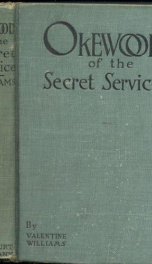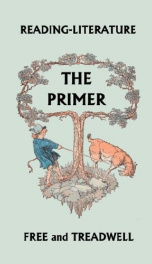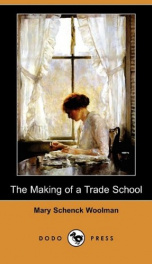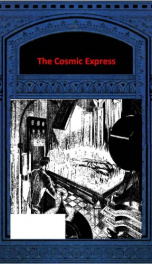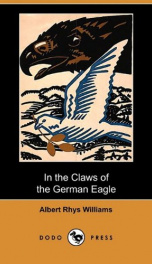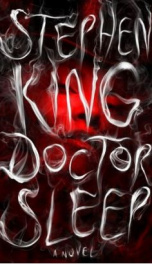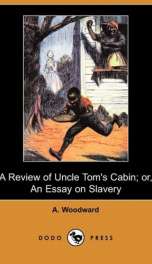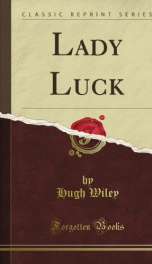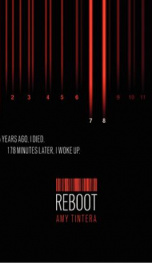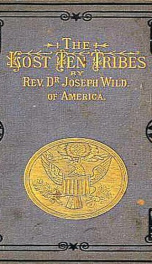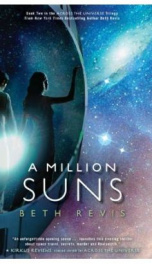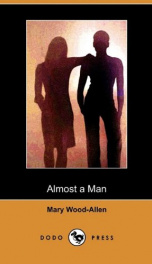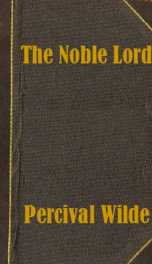Del Rey Lester
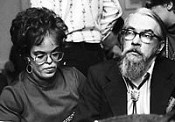
Lester del Rey (June 2, 1915 – May 10, 1993) was an American science fiction author and editor. Del Rey is especially famous for his juvenile novels such as those which are part of the Winston Science Fiction series, and for Del Rey Books, the fantasy and science fiction branch of Ballantine Books edited by Lester del Rey and his fourth wife Judy-Lynn del Rey. Del Rey first started publishing stories in pulp magazines in the late 1930s, at the dawn of the Golden Age of Science Fiction. He was closely associated with the leading science fiction magazine of the era, Astounding Science Fiction, and its editor, John W. Campbell, Jr. In the 1950s, del Rey was one of the three leading science fiction writers writing for adolescents along with Robert A. Heinlein and Andre Norton. During this time some of his fiction was published under the name "Erik van Lhin". During a period in which del Rey wasn't selling, he took a job as a short order cook at White Tower Restaurant in New York. After marrying his second wife, Helen Schlaz, in 1945, he quit that job to write full time. After meeting Scott Meredith at the 1947 Worldcon, he began working as a reader at Scott Meredith's literary agency, where he also served as office manager.[1][2][3] He later made his way into editing for several pulp magazines and then for book publishers. In 1952 and 1953, del Rey edited Space SF, Fantasy Fiction, Science Fiction Adventures (as Philip St. John), Rocket Stories (as Wade Kaempfert), and Fantasy Fiction (as Cameron Hall).[4] He was most successful editing for Ballantine Books with his final wife, Judy-Lynn del Rey, and founded a popular science fiction imprint with her at Ballantine, Del Rey Books, in 1977.[5] In 1957, del Rey and Damon Knight co-edited a small amateur magazine called Science Fiction Forum. In response to a debate about symbolism within the magazine, del Rey accepted Knight's challenge to write an analysis of James Blish's story "Common Time" that would show that the story was about a man eating a ham sandwich.[6] As science fiction gained respectability and began to be taught in the classroom, del Rey fought against its appropriation. He stated that academics interested in the genre should "get out of my Ghetto."[7][8] Del Rey stated that "to develop science fiction had to remove itself from the usual critics who viewed it from the perspective of [the] mainstream, and who judged its worth largely on its mainstream values. As part of that mainstream, it would never have had the freedom to make the choices it did – many of them quite possibly wrong, but necessary for its development."[9] Del Rey was a member of the all-male literary banqueting club the Trap Door Spiders, which served as the basis of Isaac Asimov's fictional group of mystery solvers the Black Widowers. Del Rey himself was the model for the Emmanuel Rubin character. Del Rey was awarded the 1972 E. E. Smith Memorial Award for Imaginative Fiction (the Skylark Award) by the New England Science Fiction Association for "contributing significantly to science fiction, both through work in the field and by exemplifying the personal qualities which made the late "Doc" Smith well-loved by those who knew him". He was awarded the 1985 Balrog Special Award (organized by Locus Magazine), a fan-voted award for works of fantasy. He was also awarded the 1990 Grand Master Award by the Science Fiction and Fantasy Writers of America for lifetime achievement in science fiction and/or fantasy.[10] Del Rey often told people that his real name was Ramon Felipe Alvarez-del Rey (or even Ramon Felipe San Juan Mario Silvio Enrico Smith Heartcourt-Brace Sierra y Alvarez del Rey y de los Uerdes). He also claimed that his family was killed in a car accident in 1935. However, his sister has confirmed that his name was really Leonard Knapp and that while the accident in 1935 killed his first wife, his parents, brother, and sister were not killed in the accident.[11]
do you like this author?
What readers are saying
What do you think? Write your own comment on this book!
write a commentWhat readers are saying
What do you think? Write your own comment on this author!
write a commentBook list

Victory
Series:
Unknown
Year:
Unknown
Raiting:
4/5
It seemed Earth was a rich, and undefended planet in a warring, hating galaxy. Things can be deceptive though; children playing can be quite rough -- but that ain't war, friend! -- JOHN W. CAMPBELL's original blurb for this tale * When we first read Campbell's blurb for this novella, we wondered what the devil he (and, after a page or two, del Rey, too) were on about. We were still wondering, halfway through the tale -- until it fell on us, just the way you'd expect it to in a work out of JWC's Astounding/Analog. The earth men may seem to be pathetic numbskulls collecting what they deserve -- but watch them closely. They're on to something.
Show more
add to favoritesadd In favorites
Book list

Victory
Series:
Unknown
Year:
Unknown
Raiting:
4/5
It seemed Earth was a rich, and undefended planet in a warring, hating galaxy. Things can be deceptive though; children playing can be quite rough -- but that ain't war, friend! -- JOHN W. CAMPBELL's original blurb for this tale * When we first read Campbell's blurb for this novella, we wondered what the devil he (and, after a page or two, del Rey, too) were on about. We were still wondering, halfway through the tale -- until it fell on us, just the way you'd expect it to in a work out of JWC's Astounding/Analog. The earth men may seem to be pathetic numbskulls collecting what they deserve -- but watch them closely. They're on to something.
Show more
add to favoritesadd In favorites

Police Your Planet
Series:
Unknown
Year:
Unknown
Raiting:
5/5
Spaceship is directing to Mars with a man on board. A knife, 100 credits and no possibility to return back to Earth – that is all what he has. Gambler, cop, fighter, reporter and all these with prefix «ex» - that is Bruce Gordon. With him you will face a lot of blood and violence… but that is not the main theme of the book. Have you ever dreamed about terraforming of Mars? Now you have this chance with science fiction novel! Real man, captivating, fast-changing plot… all that will not let you put the book down till you read it to the end!
Show more
add to favoritesadd In favorites
What readers are saying
What do you think? Write your own comment on this author!
write a commentGenre
- Literature & Fiction / General AAS
- Literature & Fiction / Authors, A-Z / (D) / Dickens, Charles / Paperback
- Religion & Spirituality / Christianity / Christian Living / Women's Issues
- Law / United States
- Science Fiction & Fantasy / Science Fiction
- Science Fiction & Fantasy / Science Fiction / Adventure
if you like Del Rey Lester try:
readers also enjoyed
What readers are saying
What do you think? Write your own comment on this author!
write a commentGenre
- Literature & Fiction / General AAS
- Literature & Fiction / Authors, A-Z / (D) / Dickens, Charles / Paperback
- Religion & Spirituality / Christianity / Christian Living / Women's Issues
- Law / United States
- Science Fiction & Fantasy / Science Fiction
- Science Fiction & Fantasy / Science Fiction / Adventure
if you like Del Rey Lester try:
readers also enjoyed
Do you want to exchange books? It’s EASY!
Get registered and find other users who want to give their favourite books to good hands!


